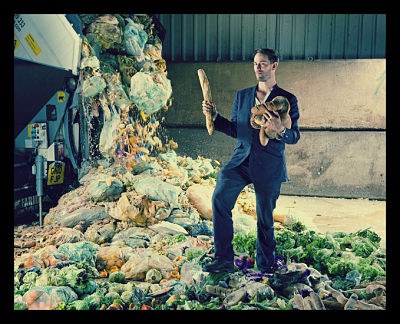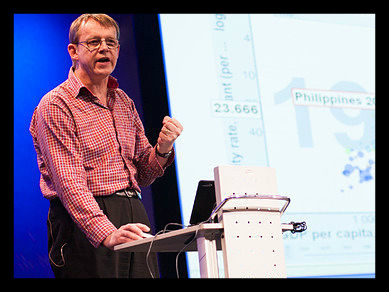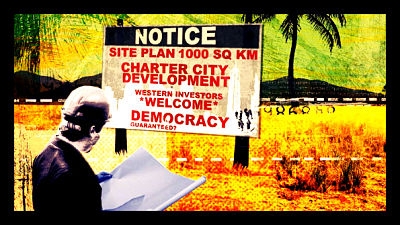 Worldwide, nearly 2.3 billion people lack access to basic sanitation and water services. A waterless bath created by a South African student has the potential to help alleviate this issue.
Worldwide, nearly 2.3 billion people lack access to basic sanitation and water services. A waterless bath created by a South African student has the potential to help alleviate this issue.
Inadequate access to clean water leads to devastating disease outbreaks like trachoma, which can lead to permanent blindness. The invention, called DryBath, is a waterless alternative to bathing that comes in the form of a cream and could help eliminate the threat of these water-borne diseases. By gaining the ability to bathe, people in poverty-stricken areas can drastically decrease the number of trachoma cases, which currently blind about 1.8 million people globally.
The South African student and inventor of DryBath, Ludwick Marishane of Limpopo, South Africa, created the alternative after a friend’s comment regarding bathing. Marishane eventually realized the potential for the waterless bath in developing areas. In his Ted Talk, Marishane elaborated on DryBath’s potential capabilities.
“Anyway, we realized that we could save 80 million liters of water on average each time they skipped a bath, and also we would save two hours a day for kids who are in rural areas, two hours more for school, two hours more for homework, two hours more to just be a kid,” Marishane said.
The effects of eliminating the need for bathing water has a wide array of positive results as Marishane mentioned. Not only does it decrease the risk of disease, but by removing the long walk for water that many children must embark on each day, DryBath allows children to spend more time on their education.
According to Business Insider, after Marishane’s first few marketing experiments, he realized that to reach people in developing areas, the waterless bath must be sold in smaller packets that cost about 50 cents per pack.
“One of the things we learned was that poor communities don’t buy products in bulk. They buy products on-demand,” Marishane said during his Ted Talk. “A person in Alex doesn’t buy a box of cigarettes. They buy one cigarette each day, even though it’s more expensive.”
With limited internet access, Marishane used his Nokia cell phone to research and write a 40-page business plan for his invention. The young entrepreneur was able to successfully create a product that made real progress to health in developing nations. While his initial intention was not so, he realized the potential and worked to develop the waterless bath.
“After seeing that global impact, we narrowed it down to our key value proposition, which was cleanliness and convenience. DryBath is a rich man’s convenience and a poor man’s lifesaver,” Marishane said.
– Austin Stoltzfus
Photo: Flickr



 When many of us imagine utopias, we may have flashbacks to our 7th-grade reading assignment of Lois Lowry’s The Giver.
When many of us imagine utopias, we may have flashbacks to our 7th-grade reading assignment of Lois Lowry’s The Giver.